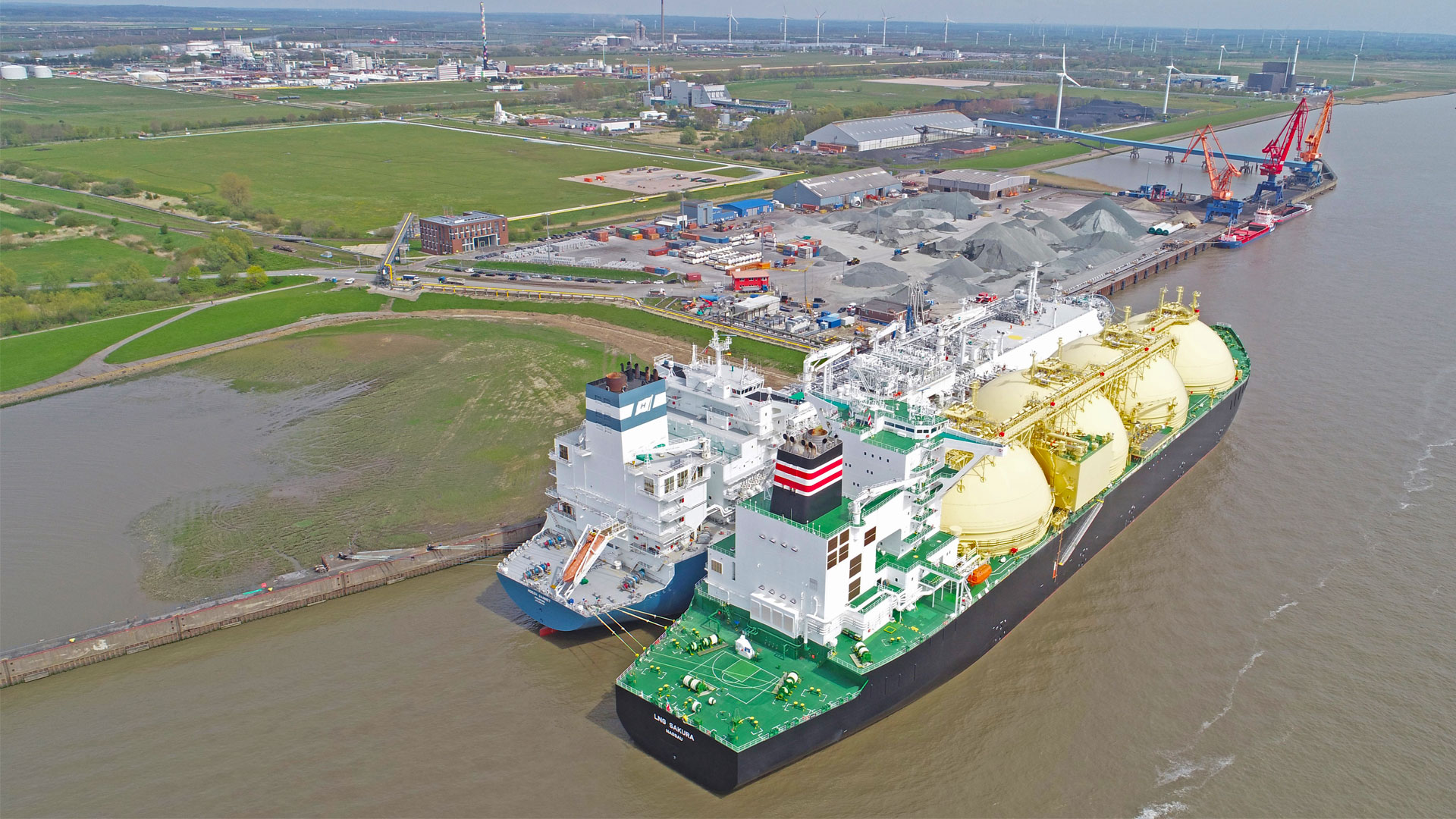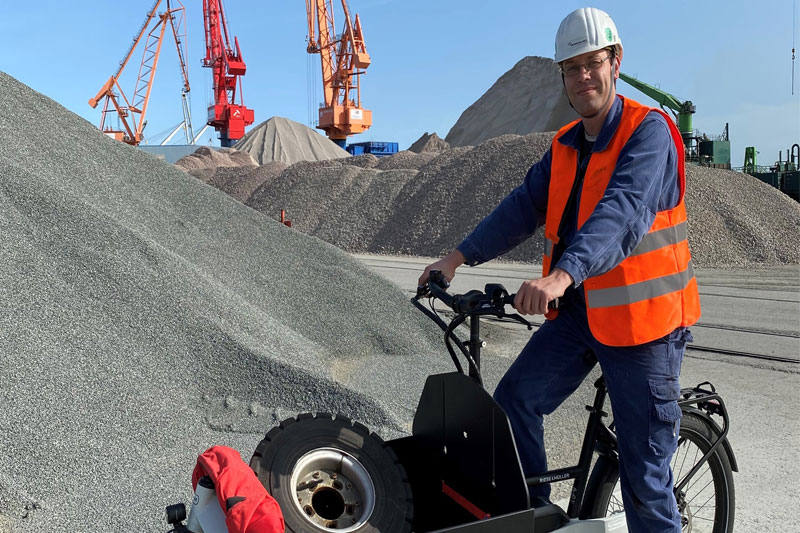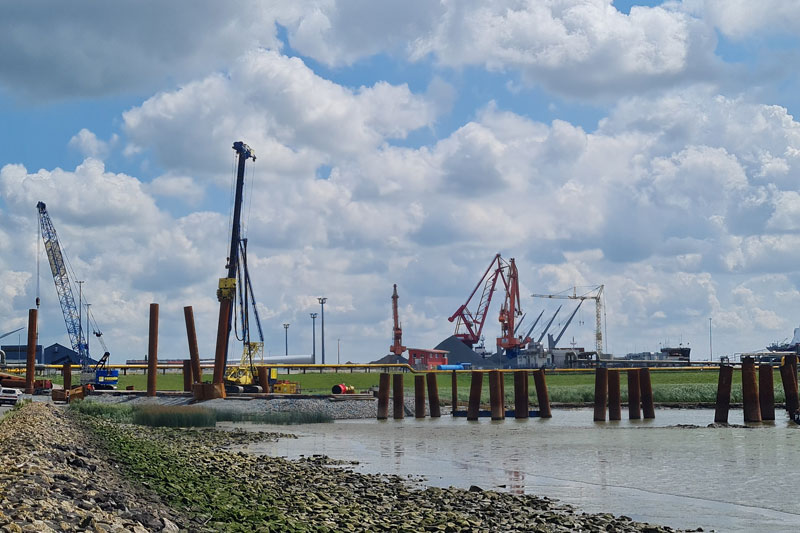Shaping the future in Hamburg
As one of Europe’s maritime hubs, the port and city of Hamburg are of particular importance – also as a hub for the energy transition and climate-neutral ...

By Silvia Schnegulau
As a freight and energy hub of national importance, the port of Brunsbüttel plays a key role in ensuring the security of energy and supply in Germany. Thanks to its location in ChemCoast Park Brunsbüttel, the largest contiguous industrial estate in the state of Schleswig-Holstein and in the Hamburg metropolitan region, it offers ideal conditions for the development of a versatile energy import infrastructure, in particular for green energy sources. “Our goal is to further strengthen our key role as a multimodal energy hub and to take advantage of the opportunities offered by the energy transition,” emphasises Frank Schnabel, Managing Director at Brunsbüttel Ports GmbH. “Although the energy transition presents us with challenges, it also offers enormous development potential that we are determined to exploit.”

As the private owner and operator of Elbehafen, Brunsbüttel Ports has successfully established an LNG import infrastructure with a floating terminal in collaboration with various partners. For a year and a half now, Germany has also been receiving
supplies of natural gas. The company thus makes an important contribution to the security of supply for the nation. In the future, the floating terminal will offer additional possibilities, including importing hydrogen and other green energy carriers. The Floating Storage Regasification Unit (FSRU) is currently moored at the hazardous materials berth, but this was always intended to be a temporary solution. Due to the complex berth situation in Elbehafen since then, Brunsbüttel Ports is currently in the process of constructing a new jetty. Once completed, the FSRU will leave its current berth and move to the new jetty until the planned onshore LNG terminal is operational.
In addition to the construction of a land-based LNG import terminal in Brunsbüttel, the construction of further import terminals is planned in the immediate vicinity of Elbehafen and the canal ports. “To further our plans for a green future, we are currently in talks with several project partners,” explains Schnabel.
In order to make the port and industrial location of Brunsbüttel with its numerous companies from the chemical industry competitive and sustainable in the long term, the industrial companies in Chem- Coast Park Brunsbüttel are jointly committed to the use of innovative, climate-friendly technologies such as CCS (carbon capture and storage) and CCU (carbon capture and utilisation). They are also committed to increasing the import of renewable energy carriers and the export of unavoidable carbon emissions from industry in the north. “This development is of great importance to us as port owners, as the handling and transport of liquefied carbon dioxide from various industrial sectors represents a new and innovative business segment for port operators and generates added value. In this manner, jobs are secured and created, and the region’s prosperity and future are safeguarded,” explains Schnabel.

As part of its efforts to achieve a sustainable transformation, Brunsbüttel Ports is also increasingly focusing on reducing its own greenhouse gas emissions. This involves measures such as the use of electric vehicles and the implementation of energy management systems. Another important step was to switch from cars to bicycles for internal transport within the company wherever possible. The company started buying electric cargo bikes about seven years ago. “We now have more than 50 of them and have convinced our staff to use them regularly,” says a pleased Schnabel, adding: “even though sometimes it takes a bit of effort to refrain from using the car and give up the comforts it offers.” These routines are now almost second nature and help to reduce the environmental footprint, even if in small steps